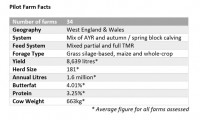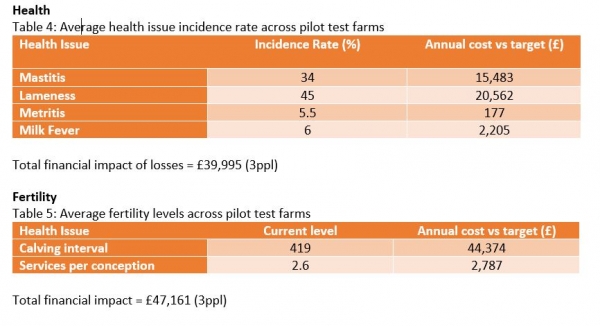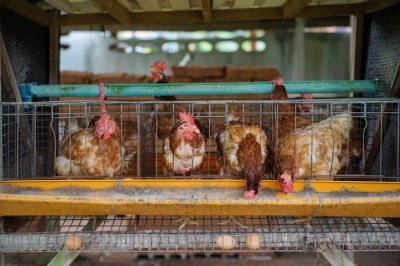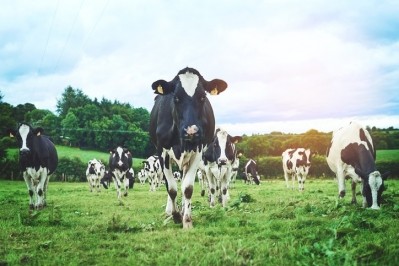Feed waste reduction initiative in UK dairy farms
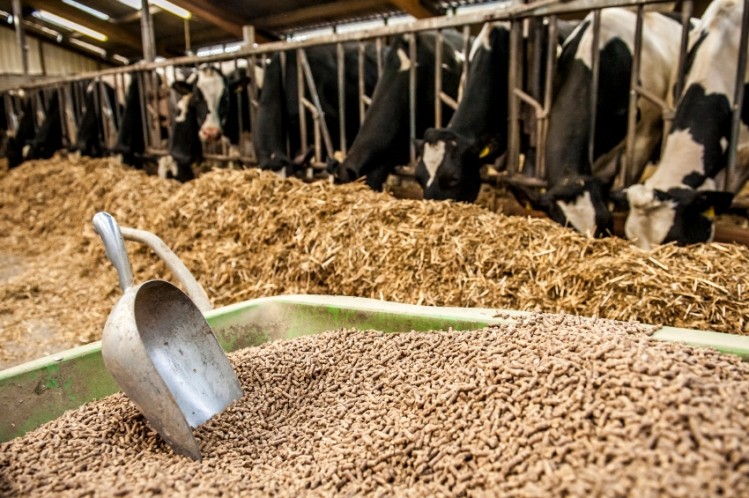
The company believes that, with better insight into key areas of current wastage, UK dairy farmers can make informed decisions on how to realize more potential from their feed through capital investment, husbandry, and third-party components.
Feed is widely the biggest variable cost and the most under-utilized resource on farm.
On an average UK dairy farm, 60% of variable costs are spent on feed and as much as 45% of feed potential is lost from field to cow, equating to a wastage of almost £1 of every £3 spent, said the company.
The preliminary results from a pilot study that Alltech carried out in dairy farms across England and Wales, in conjunction with leading industry experts, reinforces the scale of the feed wastage issue, said Ian Leach, retail programs manager with that company.
“What we are highlighting is that the feed losses on average are considerable. If you work on the basis that these herds are housed for an average of a 200-day winter-feeding period, then across this pilot study group of 34 farms, the minimal losses identified were just short of £160,000 (US$206K) of feed losses per farm.
"Of the 34 farms, the group average was 181 herd size, with annual milk output of 1.6 million liters; so for this group alone, that equates to £5,5m worth of feed losses in total,” he told this publication.
That research also confirmed there is scope for huge improvement across the spectrum of UK dairy farms, particularly in relation to feed conversion efficiency (FCE) improvements, he said.
At feeding out, the study showed physical ration presentation and feed barrier space was an issue.
Insufficient feed barrier space, water trough space, or lighting, will have a direct influence on lying time and reduce FCE, said Leach.
By adopting more effective ration presentation, with more accuracy in loading sequence/weights and mixer rotations, FCE moved from 1.2 to 1.39, he said. This equates to a total financial impact of £75,314/ 4.7 pence per liter (ppl) if fed a total mixed ration (TMR) all year or £41,268 over a 200-day winter.
Background to research
“The study came about on the back of the UK Dairy Day event last September, where we were giving a presentation and, in the lead up to that, we had been dealing with the forage shortages in the UK.”
With weather conditions out of their control, the Alltech team looked at feed wastage and analyzed where the losses tended to occur.
“Obviously it starts in the field, and then the next stage is storage, after that it is feed out, and the next stage after that is the cow itself. Breaking the cow itself down into four core areas that ultimately have an impact on overall feed efficiency, we were looking at the environment, so feed barrier space, lighting, temperature, water quality and water trough space, health and fertility along with rumen efficiency,” said Leach.
Looking at an average dairy farm in the UK, one with a 1.5 million liter herd, he said the estimate was that scale of farm would be spending a £250K on feed inputs, through both growing crops and purchasing concentrated feed inputs:
“Feed is this single biggest cost on farm, and, obviously, the single output on dairy farms is milk production so anything we can do to drive more effective milk production on the back of those inputs is going to improve feed efficiency.
"One thing we know is that healthy and fertile cows are more productive. In order to have healthy and fertile cows you need to be maximizing the utilization of those nutrients in the feed. [In that context], we wanted to ascertain what are all the pinch points, the key control points that will, ultimately, have an impact on feed wastage reduction.”
Storage loss
Alltech collaborated with Dr David Davies, from Silage Solutions Ltd, as regards research into nutrient loss at the storage stage, where it is happening, and how it is being assessed.
That expert identified that the greatest losses are in the most nutritive part of the silage resulting in the indigestible proportion increasing. Not only does this cause a reduction in dry matter intake (DMI), it has potential to lead to health issues, such as SARA, as the balance of the ration can be disrupted, said Davis.
Some of the practices currently being used on UK dairy farms to assess loss and silage quality, particularly in relation to storage of fermented crops such as grass silage, are flawed, he added, as they do not give the full picture.
Leach weighed in on that:
“We saw that the bulk of the losses are actually occurring in the top one meter of the silage pit. There are different heights of silage pits across many farms but a lot of them will be in the order of three to four meters high. If you consider that top meter, and that is where the bulk of the losses are, then in some cases it is 25% of the silage pit, or maybe even a third.
“Davis has a system, which Alltech has taken and developed, we have built it into our tools [for silage assessment] and we are taking very specific measurements. We are looking at density, dry matter, the pH, temperature and ash levels as well.”
These measurements will then be converted into losses and, crucially, the monetary value of that loss to enable each farm to have a better understanding of silage losses. Alltech said the data could then be used to indicate ways to reduce these losses next harvest and show the economic benefits of investing relatively small amounts of money on better sealing and compaction practices to preserve better quality silage.
Cow health
Cow health is a key area where efficiencies can have a big impact on feed wastage and the bottom line, said the company.
A unit with average incidence rates of mastitis, lameness, metritis and milk fever, the total financial impact of losses equates to around £39,995 (3ppl).
In addition to health and fertility issues, drops in rumen efficiency can also add up. For example, during the study the Alltech team said they saw a consistent presence of fiber in the dung and some grains demonstrating inefficient rumen function.
Feed efficiency benchmarking
In terms of feed efficiency benchmarking, in the UK dairy sector, the average FCE is 1.2, said Leach. “Our top Keenan customers have an FCE of 1.7. What we are saying is that a minimum target should be FCE of 1.5.”
The costs of lower feed efficiency are significant, he stressed.
“If you have got cow that is eating an average of 20kg of dry matter, and she is converting at 1.0, then she is producing 20 liters of milk. If she is converting at 1.5 feed efficiency, then she is producing 30 liters of milk off 20kg of dry matter. If the average FCE in the UK is only 1.2, a herd size of 100 is losing £36,000 of potential milk production, at an average milk price of 30ppl.”
What can be done?
“Our FCR benchmarking league table shows those producers at the higher level of feed efficiency are actually spending more per ton on the feed they are purchasing because they buy in a better quality feed. Those buying cheaper feeds tend to have the lower performance.”
Better FCR comes from feed with higher energy density, higher protein quality, and good mineral components, along with proven nutrients and feed additives, he added.
The core areas of feed wastage identified through the Alltech pilot study were:
- Spillages from store to diet feeder not weighed on any of the pilot farms – further investigation needed on precise weights.
- Loading accuracy - amount of ingredients, order of loading and mixing time - loading inaccuracies ranged from 2% to 46%.
- Feed barrier space – 47% of farms were not meeting the minimum 65cm/cow requirement.
- Feed refusals – these were not weighed on any test farms and mostly fed to other groups, such as growing heifers – further assessments are needed to fully evaluate these actual losses.
